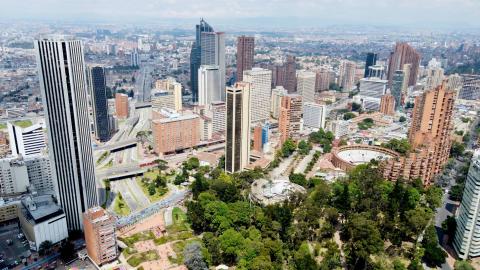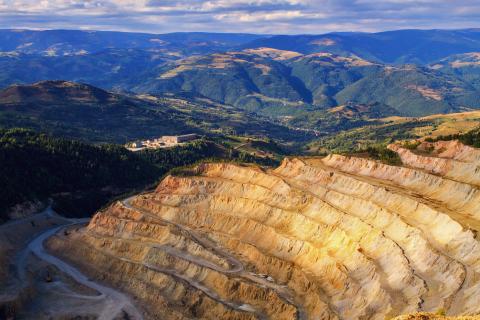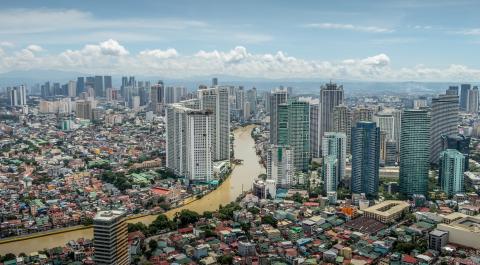
Democratic Republic of the Congo: Pathways to energy transition
Using EITI data and dialogue
Overview of how the EITI can support the DRC in addressing the economic implications of the energy transition.
The Democratic Republic of the Congo (DRC) intends to conditionally reduce its greenhouse gas (GHG) emissions by at least 21% by 2030.2 While the DRC has historically been a low emitter, the country’s 2021-2023 National Sustainable Development Strategy includes plans to increase the use of renewables and improve energy access,3 partly through hydropower and solar electricity generation.
The DRC is also the world’s the largest producer of cobalt and third largest producer of copper. Both minerals are critical for clean energy technologies, and demand for these resources are projected to increase in response to the global energy transition. Data and multi-stakeholder dialogue will be key to support the country’s energy transition plans, inform sustainable transition pathways, support good governance of critical minerals and monitor climate commitments.
Data reported through the EITI can serve as an entry point to inform debate and policymaking related to the DRC’s domestic energy transition plans. The EITI process also seeks to improve governance of the DRC’s mining sector, given the importance of critical minerals used in low-carbon technologies. EITI data-driven forecasting can provide evidence for policymakers to manage risks and leverage opportunities.
Связанные материалы


Why transparency matters for critical mineral supply chains



